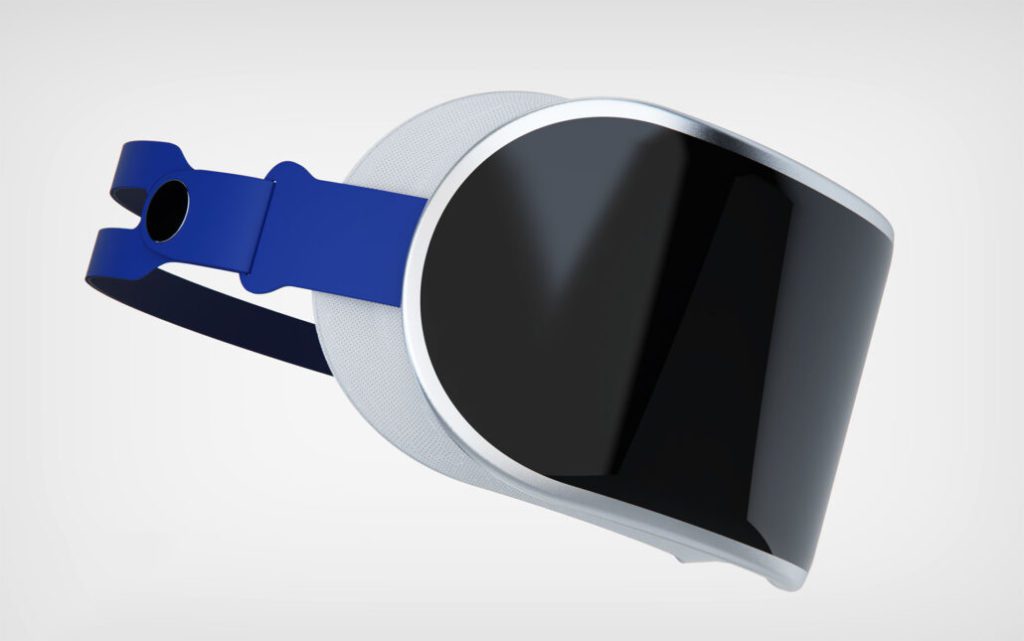A fresh report from Korea claims that the enhanced display for Apple’s first augmented reality headset could provide users the greatest level of immersion. The head-mounted wearable may undergo different revisions, beginning with the panel, since its introduction is anticipated to occur sometime in early 2023.
OLEDoS (OLED on Silicon), the display that will be specifically used for an AR headset, will be sourced from both Samsung and LG. If you didn’t know, these two manufacturers are also contracted to supply the displays for the iPhone 14 Pro and iPhone 14 Pro Max, so they are both very familiar with the standards Apple sets for component quality.
A display technology utilised exclusively for AR goods is OLEDoS, which uses silicon as opposed to glass. The Elec claims that Sony panels would be used in Apple’s first augmented reality headgear. The 2800PPI screens will be enhanced to 3500PPI, giving customers a noticeable improvement in image clarity.
Apple has reaffirmed its commitment to creating goods for the augmented reality market and is currently working on two further AR headsets, the first of which will be available at a price that is accessible to the general public.

According to a prior rumour, the panels that Samsung and LG are mass producing would probably be used in the second generation and could have a 4000PPI display. It is unknown if the second generation of AR headsets would employ the OLEDoS with up to 7000PPI that both manufacturers are reportedly developing. It shouldn’t be shocking if Apple’s first product in this particular category costs $2,000 or more as that is what people are expected to pay for it. Even a 3500PPI screen is expensive to create.
Apple’s augmented reality headgear has experienced a fair share of setbacks, and given that work on the device began about seven years ago, significant obstacles were inevitable. Fortunately, the business and its outstanding staff have overcome those challenges, and the results of their efforts should be evident very soon next year.
Also Read:








